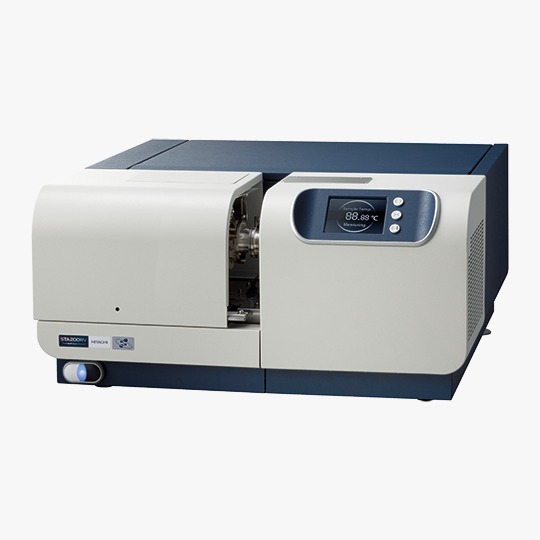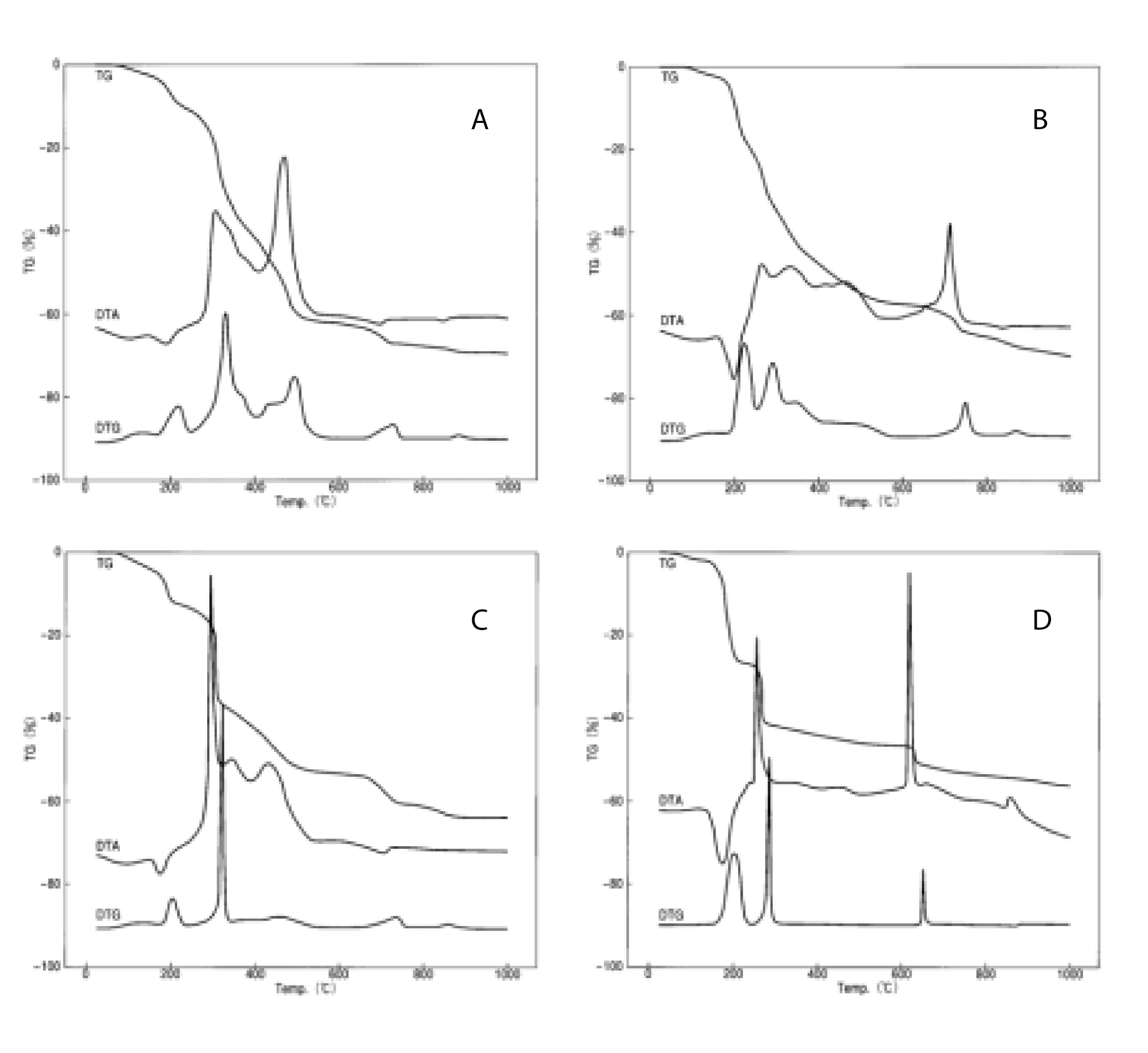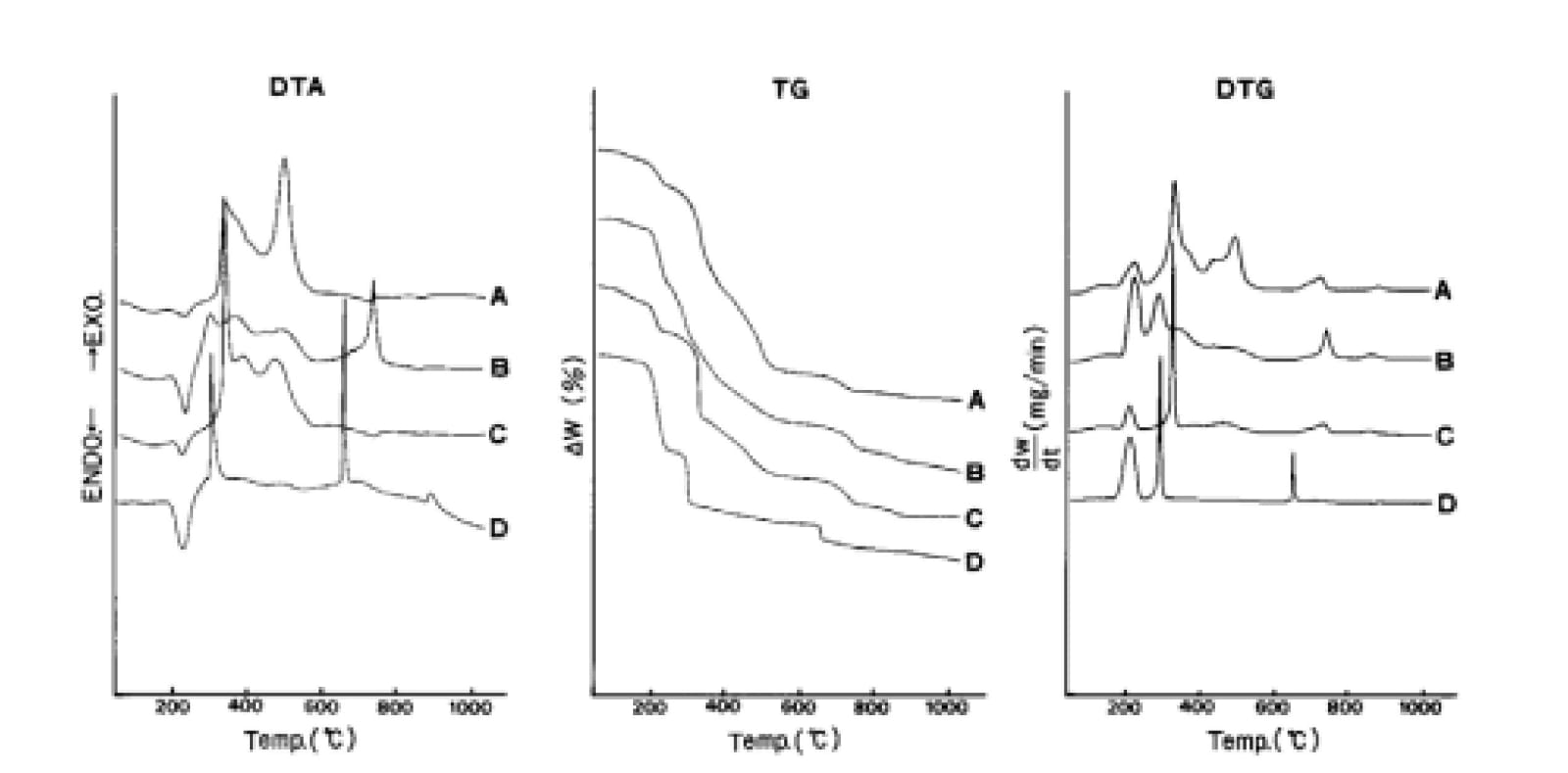Blog Standard

TG/DTA Analysis: Evaluating Decomposition Temperature in Pharmaceuticals
Thermal analysis plays a crucial role in the pharmaceutical industry, serving applications that range from research and development to pharmaceutical quality control. Pharmaceuticals are composed of complex organic and inorganic materials, and their thermal behavior must be well understood to ensure product stability and effectiveness.
One of the primary thermoanalytical methods used in pharmaceutical studies is thermogravimetric analysis (TGA), facilitated by Hitachi’s NEXTA STA200. This helps determine thermal stability, decomposition temperature, and moisture content analysis of various compounds. By employing thermogravimetric measurement, researchers can evaluate the thermal properties of materials and gain insights into their stability. This is particularly important in the study of digestive medicine, where thermal behavior can impact the efficacy and safety of digestive problems medicine formulations.

Hitachi NEXTA STA200

Figure 1: TGDTA Measurement Results for Digestive Medicine A~D
Measurements and Results
A TG/DTA analysis was conducted on four types of digestive medicine (labeled A~D) to assess their thermal behavior. The samples, each weighing 15mg, were heated in an air environment at a rate of 20°C/min.
Key Observations:
- The thermogravimetric analysis (TG curve) displayed weight reduction, indicating the breakdown of sample components.
- The differential thermal analysis (DTA curve) exhibited endothermic examples and exothermic peaks, suggesting phase transitions and decomposition events.
- Decomposition percentages ranged from 57% to 70% when heated up to 1000°C.
- Components that remained beyond 1000°C were identified as inorganic materials.
This indicates shared components, whereas unique decomposition points suggest differences in formulation.

Figure 2: DTA, TG and DTG Curves for Four Types of Digestive Medicine
Importance of Thermoanalytical Methods in Pharmaceuticals
Thermal analysis techniques such as thermogravimetry, differential thermal analysis provide valuable insights into drug composition and behavior under thermal stress. This is essential for pharmaceutical quality control, ensuring that medications maintain their effectiveness and stability throughout their shelf life.
For digestive medicine, such studies help in identifying active ingredients and excipients that may degrade at certain temperature ranges, allowing manufacturers to optimize formulations accordingly. By analyzing thermal properties of materials, pharmaceutical scientists can improve product stability and enhance therapeutic outcomes.
Conclusion
The application of thermogravimetric measurement and differential thermal analysis in the pharmaceutical industry is vital for maintaining the integrity and effectiveness of drugs. Through TG/DTA analysis, using advanced instruments like Hitachi NEXTA STA200, researchers can evaluate thermal stability, determine decomposition temperatures, and perform moisture content analysis, ensuring that medications, particularly those used in digestive problems medicine, meet stringent quality standards. The use of advanced thermoanalytical methods will continue to enhance pharmaceutical formulations and ensure safe and effective treatments for consumers.
Inkarp Instruments is a trusted distributor and service provider of Hitachi products in India, offering cutting-edge scientific solutions. With a strong focus on quality and reliability, we equip researchers nationwide with top-tier products and exceptional support.
References
1. Campton et al., (2019).Custom biomarker investigation of circulating tumor cells using RarePlex®Developer Kits. Univ of Washington, RareCyte, Seattle.

